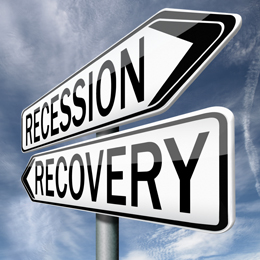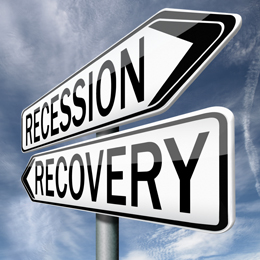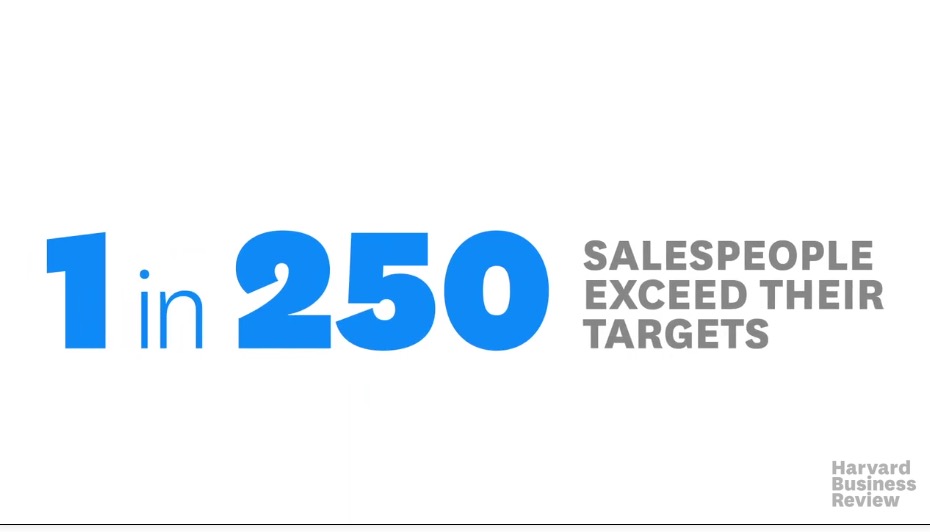How Likely Is a Recession?
by Brad McMillan Commonwealth Financial Network
 I wrote the other day about the very real chance of an economic boom over the next couple of years, not as a prediction but as a way of considering possibilities. Today, let's reverse course and consider the possibility of a recession.
I wrote the other day about the very real chance of an economic boom over the next couple of years, not as a prediction but as a way of considering possibilities. Today, let's reverse course and consider the possibility of a recession.
The makings of a recession: 4 components
How do recessions come to be defined as such? The body responsible—the National Bureau of Economic Research (NBER) Business Cycle Dating Committee—is quite vague about what makes for an official recession, but the general consensus is that there are four key components:
- Nonfarm employment
- Industrial production
- Real retail sales
- Real personal income, excluding transfer payments
These components make sense, although there’s quite a bit of overlap, in my opinion. Nonetheless, this is apparently what the committee uses. So, to see whether we’re headed for an official recession, these are the numbers we need to look at.
Employment. With employment, it’s not just the absolute number, of course, but the change over time and the decline from the high level that matter. In this case, employment continues to increase, so the absolute number of jobs is fine, the annual increase continues strong, and jobs are at an all-time high (so there is no decline). This indicator looks good.
Industrial production. Here, the news is less rosy. Production has been declining for the past 5 months and is down over the past 12 months by 1 percent, close to a level that has often signaled recessions in the past. The pullback from the high is at 1.5 percent, also a level that has heralded past recessions.
Real retail sales. This component is somewhere in the middle. Sales are roughly stable over the past seven months and up over the past year by 2.1 percent, well above the levels of −1 percent to −2 percent that have historically signaled recessions. On a pullback basis, sales are down 0.4 percent—again, well above levels that have preceded recessions in the past. I think we can call this indicator positive overall, although the recent plateau in sales is somewhat worrisome.
Real personal income (less transfers). This figure has been steadily climbing for the past 10 months and is up 3 percent over the past year to a new high. Once again, the trend is positive, so no worries here.
Verdict: recession not imminent
These generally positive results are consistent with the indicators I track on a monthly basis. Although they suggest some risk, particularly from the industrial sectors of the economy, the consumer remains healthy and likely to support continued growth. Note also that the one truly weak indicator (industrial production) seems like it might start to recover as the dollar’s appreciation slows and starts to reverse.
Overall, the current slowing doesn’t look likely to lead to a recession in the next couple of quarters. While a boom remains speculative, so does a recession. The most probable course continues to be steady if unspectacular growth—and I will take it.
Commonwealth Financial Network is the nation’s largest privately held independent broker/dealer-RIA. This post originally appeared on Commonwealth Independent Advisor, the firm’s corporate blog.
Copyright © Commonwealth Financial Network













